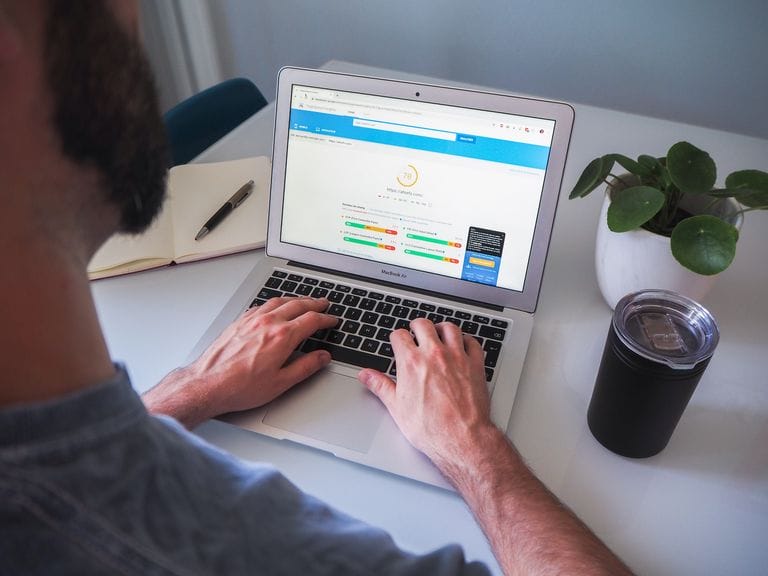Google has rolled out the June/ July 2021 algorithm updates, and you can expect changes in the way the giant search engine sorts and displays search results. Every time the world’s largest search engine company announces algorithm updates, shockwaves run through the online world.
The updates are now out, and as you would expect, have initiated a raft of changes. You need to understand how these changes affect your website to make optimizations that would ensure your business remains visible going forward.
What you need to know about the updates
Your website ranking on Google search results is in part a product of aspects of the user experience, such as HTTPS security, mobile-friendliness, and intrusive interstitial guidelines. If your website excels on this front, it must rank highly in search results.
The 2021 update introduces three more metrics to determine your site’s ranking. These metrics, technically christened core web vitals, are based on user data aggregated by the Chrome User Experience Report. This implies that Google is serious about factoring in real user experience when ranking websites.
So, what are these new metrics?
1. Loading Experience
Following the June/ July updates, you may have realized your site performance took a hit in ranking results. You can attribute this temporary trend to Google’s new metric for determining website ranking in which the loading experience comes into play.
The loading experience is determined by a concept dubbed the largest contentful paint (LCP), which measures the time it takes for the most important and relevant content on your website to load. Since it’s measured in seconds, your website needs to be really fast to meet the LCP threshold.
A load time of 2.5 seconds or less would be optimum. If it takes longer than 2.5 seconds for your website to load, you have some homework to do. Look out for too many third-party scripts, lots of large images, and insufficient web hosting services – you could do well choosing WordPress.
2. Interactivity
How long does your page take to respond to a user’s input? Well, Google is folding interactivity into its new page ranking algorithm in the 2021 update. The search engine will be using the First input Delay (FID) which measures how long it takes for an element on your landing page to open after a user has clicked on it.
3. Visual Stability
Google will be using the Cumulative Layout Shift (CLS) to determine the stability of your website during page loading. A high CLS wouldn’t mean well for your website since it implies your images and elements shift too much as the page loads. Google considers a score of 0.1 acceptable. You will have to ensure you have enough space for ads and objects, and your fonts render smoothly.
How the 2021 Google Algorithm Updates Will Affect Your Website
Naturally, you may have panicked when you woke up to find your website no longer ranks highly as it did previously. But it won’t do you any good to extend the panic mode. The 2021 Google algorithm updates will certainly change the rules of the game, but Google still holds on to the tenets of a good website: authentic, relevant, and updated content. This means you have to keep an eye out on your content and ensure it remains relevant and authentic and continues to meet user needs.
But the new metrics Google is folding into the page ranking algorithm seem to have thrown everything into a spin. Speed is now a major factor in your site’s ranking, an implication that you will have to streamline your website if you wish to remain on the first page of Google search results.
You will have to find out elements that slow up your site and kick them out. Whether it’s heavy graphics, too many images, or those income-generating ads – you may have to let them go if you want your business to maintain a heavy presence online.
These core updates aren’t targeting you, despite the impression they may create. You’ve probably come across a heated debate about their importance from online warriors complaining about the sudden dip in their sites’ performance after the 2021 Goggle updates. This is only the ripple effect of the change in metrics driving your search engine ranking.
But once your site can load in less than 2.5 seconds, and visitors can access items on your landing page in milliseconds, the changes shouldn’t worry you too much. Google means well for your business but wants to put the user at the center of things. This means that a better user experience will translate to a higher Google ranking in search results.
What the Google Updates Mean for Future SEO Strategies
The latest Google updates have various implications for your future SEO strategies because they have introduced new metrics into the algorithms that determine how your site ranks on Google search results. While these metrics are new, you could have expected them. You probably understand the frustration of a site taking too long to load.
You can be sure your visitors go through the same emotions when your website takes ages to load. Out of frustration, they hit the cancel button and go back to the search page to view more options. The implication here is that you’ve lost a potential customer to the competition.
Google will reward you for building a good website. Just make sure to:
- Keep your content authentic, relevant, and updated to suit the ever-changing needs of web visitors
- Streamline your website such that it loads faster and offers a better user experience to your visitors
- Unclutter your website by getting rid of unnecessary plugins, widgets, and images – it may be time to adopt the minimalist approach
- Keep your visitor in mind when designing your website.
How Ndevr Can Help
The 2021 Google algorithm updates are sure to cause shock waves across the online business world. While they introduce new search engine ranking metrics into the fold, they won’t necessarily affect your site ranking if you can streamline your website to load faster. We at Ndevr can help make a web platform change or enhance your existing resources so your website remains high on search engine results. Contact us today for more information.





